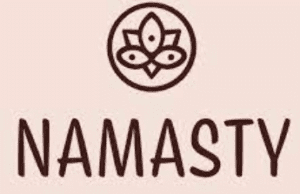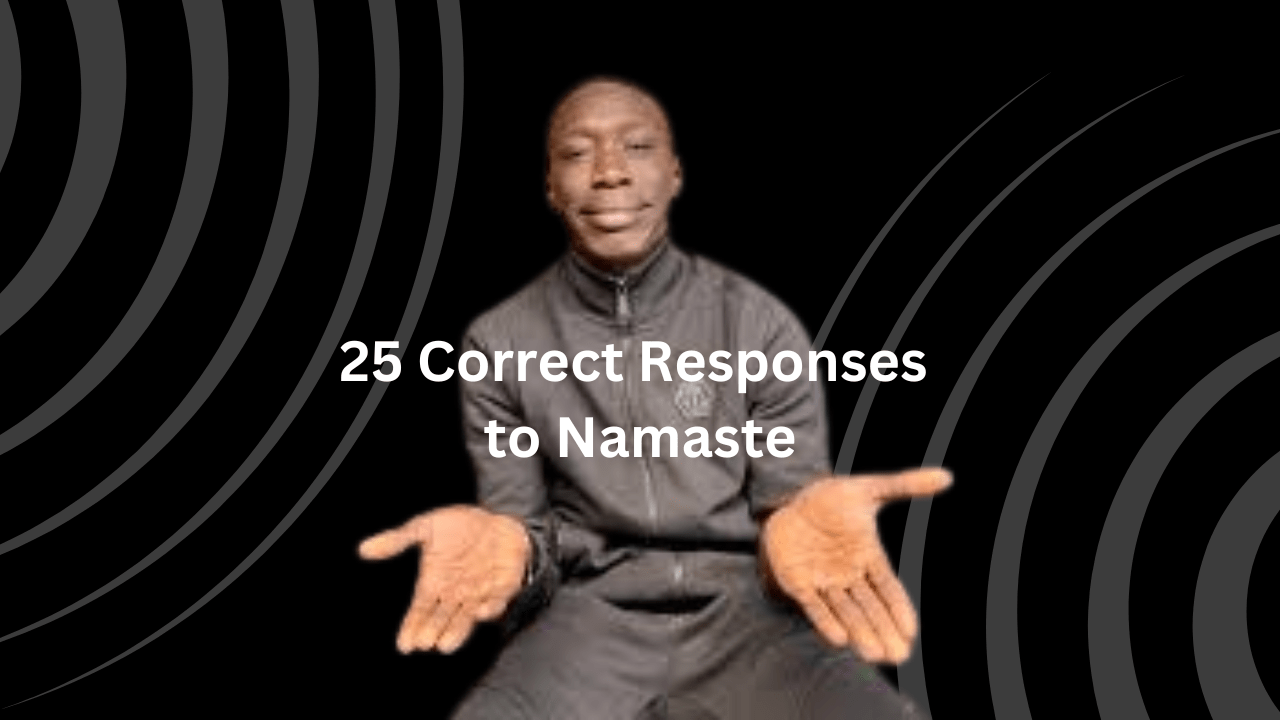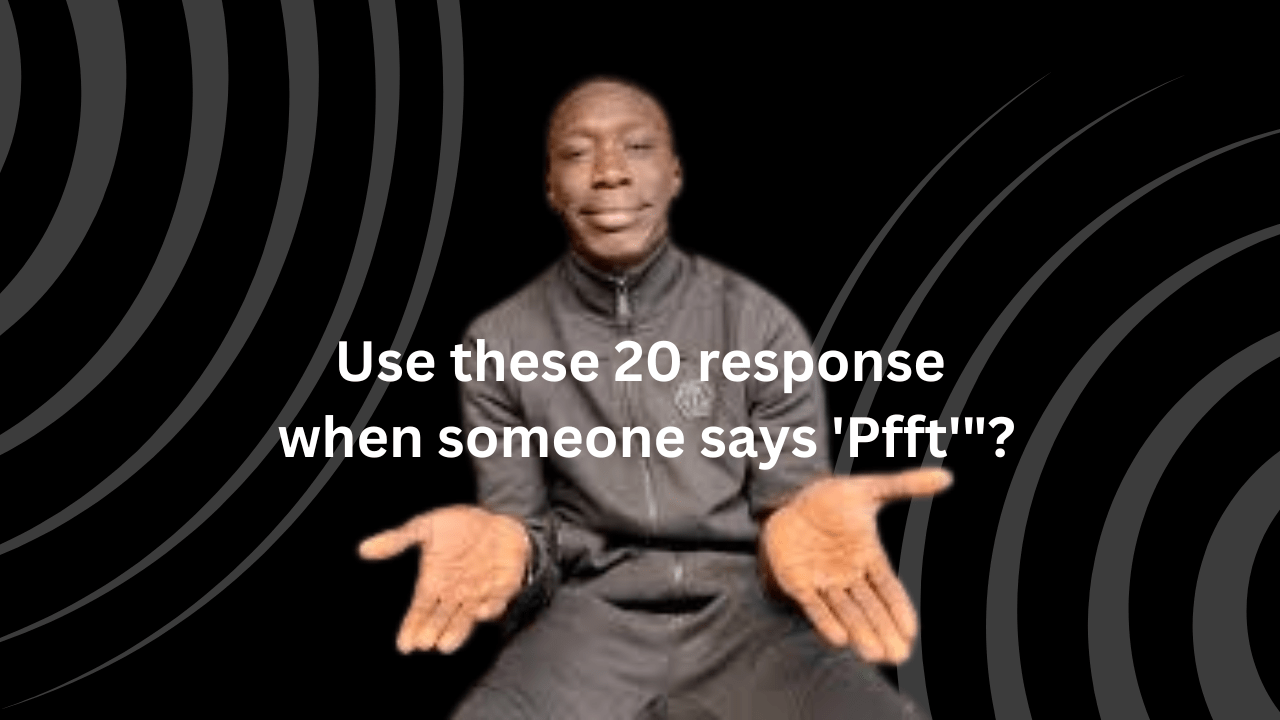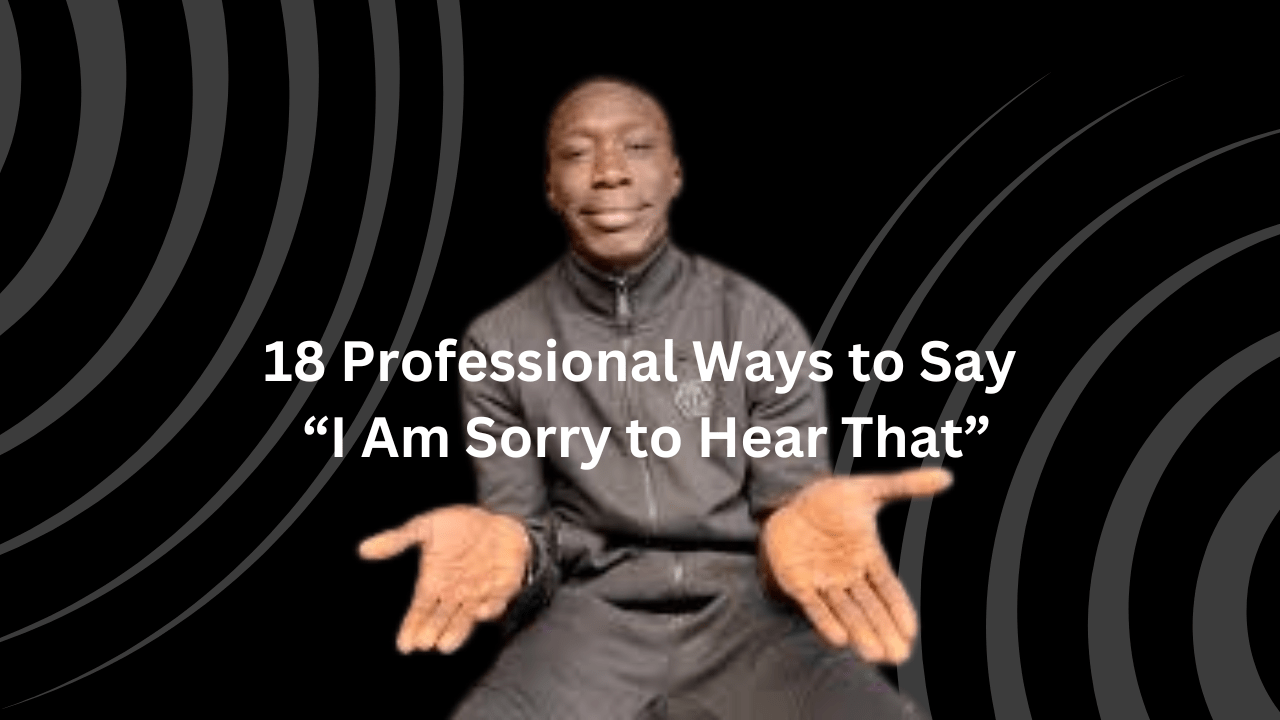“Namaste has emerged as a widely recognized salutation in contemporary culture. It’s often associated with vibrant celebrations like Diwali, the joy of dancing, and the simplicity of greetings exchanged with a respectful namaste.
However, despite its prevalence, the true meaning of namaste remains unknown to many. Even more challenging is knowing how to respond appropriately to this customary greeting. If you find yourself among those seeking clarity on this matter, continue reading as I guide you through its significance and proper response.”
What Does It Mean When Someone Says Namaste To You?

“Namaste holds a venerable place as a timeless greeting deeply ingrained in tradition and widely embraced across cultures. Its versatility allows it to convey a multitude of sentiments and meanings within various contexts.
Originally rooted in Sanskrit, namaste served as a customary salutation among Hindus, initially embodying a simple form of greeting. However, its significance transcends mere social convention, reflecting profound spiritual beliefs intrinsic to Hindu culture.
Central to Hindu philosophy is the concept of divinity omnipresent in all beings and entities. Namaste, therefore, serves as a reverential acknowledgment of the divine essence residing within each individual and the universe at large. It symbolizes the recognition and reverence for the inherent divinity present in every aspect of creation.
Accompanied by a gentle bow and the joining of hands in Añjali mudra, namaste assumes a physical manifestation known for its grace and sincerity. This gesture, performed with hands placed close to the heart, symbolizes a gesture of honor and humility, paying homage to the sacredness inherent in oneself and others.
In essence, namaste transcends its role as a mere salutation, evolving into a profound expression of reverence, unity, and spiritual interconnectedness. Its enduring presence serves as a timeless reminder of the intrinsic divinity that unites all beings.”
8 Best Indian Responses to Namaste

Given the Sanskrit origin of “namaste,” why not incorporate some responses in the same language? Whether you’re traveling, vacationing, engaging with foreign friends, or simply conversing with them, these replies can add a touch of cultural appreciation to your interactions.
Not only does the ability to speak a few phrases in another language leave a favorable impression, but it also fosters quicker rapport-building. Let’s explore a few examples:
-
Namaste
When someone greets you with “namaste,” responding in kind is both customary and respectful. Beyond its literal translation as “I bow to you,” acknowledging the divinity within the other person, “namaste” serves as a salutation particularly appropriate for individuals younger than yourself.
This warm and straightforward response carries a sense of sincerity and honor, making it virtually foolproof in its execution.
-
Namo namah
Introducing “Namo Namah” as an alternative response to “namaste” adds a nuanced layer to your expressions of humility and reverence. Much like “namaste,” “Namo Namah” translates to “I bow to you,” signifying a sincere and loving acknowledgment of the divinity within the addressed person.
Feel free to employ “Namo Namah” in the same manner as “namaste.” Whether accompanied by a subtle bow, a wave of the hand, or the graceful Añjali mudra, the versatility of this phrase allows for a respectful and heartfelt exchange.
When interacting with individuals who hold a position of seniority or authority, opting for “Namo Namah” over “namaste” is considered a polite choice. This distinction is particularly relevant when greeting elders, bosses, or parents, where the use of “Kara” emphasizes the act of making reverence towards them. Execute this gesture with the Añjali mudra or, alternatively, by placing one hand, preferably the right, over your heart.
Embracing these variations not only showcases cultural awareness but also adds a depth of respect to your interactions, ensuring your expressions align with the nuances of different social dynamics.
-
Sukhino bhava
This response conveys the sentiment of wishing happiness upon the recipient. Serving as a heartfelt wish, it carries a sense of blessing and positivity. When someone greets you with “namaste,” offering this reply to individuals younger than yourself is a gesture of goodwill and benevolence.
Functioning as a humble prayer, this phrase holds significance in religious contexts, adding a spiritual dimension to the exchange. Its essence lies in invoking blessings and bestowing well-wishes upon others, making it a fitting response within religious settings.
-
Jeete Raho
This phrase translates to “God bless you,” where “jeete” represents divinity, emphasizing reverence in its utterance. When spoken, it carries a sense of sincerity and care, signifying a genuine prayer for the well-being of the recipient.
While this expression is suitable for use with older individuals, particularly after they’ve extended a kind gesture or greeted you with “namaste,” it holds a deeper significance when directed towards those younger than oneself. Employing this phrase in such instances helps maintain respectful etiquette, ensuring one is perceived as courteous rather than rude.
-
Namaste khush Raho
This phrase conveys the sentiment of “be happy,” serving as a heartfelt wish for the recipient’s well-being. When spoken, it functions as a sincere expression of good intentions and positive energy.
However, it’s essential to exercise caution and refrain from using this phrase with individuals who are older, as it may inadvertently cause offense.
Given its origins in Sanskrit, this expression carries a certain elegance and depth of meaning that may not translate as effectively in English, making it particularly suitable for use in its original language.
-
Namaste ji kaise ho
This phrase translates to “how are you?” and is commonly used in informal settings when speaking to peers, friends, or individuals younger than oneself, especially in casual or relaxed environments like on the streets.
Much like responding with “what’s up, how are you?” when someone greets you with “hi,” it sets a friendly tone for further conversation, irrespective of the language spoken. This casual exchange serves as a gateway to engage in a normal conversation and establish rapport with others.
-
Pranaam
This gesture serves not only as a customary greeting but also as a mark of profound reverence, particularly reserved for spiritual leaders. Known as the utmost form of salutation extended to them, it holds significant importance in demonstrating respect and admiration.
If you find yourself on a tour to India, especially during a visit to a sacred site or holy temple, employing this greeting is a powerful way to convey reverence and honor towards spiritual figures.
12 Best English Responses

If you feel unsure about using the aforementioned responses, you can opt for these English alternatives below. As long as your message is clear and easily understood, you shouldn’t encounter any difficulties.
Here are some:
-
Hello
Given that “namaste” can serve as a straightforward greeting, you have the option to respond with “hello” if you prefer not to reciprocate with “namaste.”
This casual response is suitable for interactions with friends, acquaintances, and individuals younger than yourself. Additionally, you can also opt for “hi,” selecting the greeting that aligns best with your relationship with the other person and your personal comfort level.
-
Good morning/afternoon/evening
When addressing someone older than yourself, you can utilize these straightforward greetings to respond politely when they greet you with “namaste.”
Select the suitable greeting based on the time of day, and you’ll navigate the interaction smoothly. To further convey respect, you may also opt to accompany your greeting with a slight bow.
-
God bless you
Namaste serves as a gesture of reverence towards the divine essence believed to reside within individuals, making it a customary greeting. However, if you’re uncomfortable using “namaste” or find it challenging due to language barriers, you can opt for an alternative response that still acknowledges its underlying significance.
Choosing not to say “namaste” directly, you can instead respond in a way that recognizes and respects the true meaning of the word. This approach allows you to honor the spiritual connotation of the greeting while navigating any discomfort or linguistic limitations you may have.
-
Goodbye
Alternatively, you can simply say “bye” if someone bids farewell with “namaste.” It’s common for yoga classes to conclude with the word “namaste,” and friends may also use it casually as they depart. However, if you prefer not to use “namaste,” a straightforward “bye” is an appropriate and universally understood alternative.
-
Greetings from this side
While it may evoke a sense of antiquity or conjure images of enigmatic characters from movies, this greeting is perfectly acceptable to use.
Especially when navigating unfamiliar territory where the meanings of other responses may vary, opting for this straightforward greeting can effectively convey your intention to extend salutations.
By employing this greeting, you demonstrate respect towards the individual you’re addressing. It’s important that your message is understood and that you feel comfortable delivering it without sounding out of place.
-
Peace be unto you
This response is particularly fitting for religious environments. In situations where individuals offer “namaste” as a form of reverence, using this reply as a farewell gesture is both respectful and appropriate.
Moreover, you can choose to extend this sentiment after your initial encounter with someone, offering both “namaste” and the additional expression “peace be unto you” if you desire. There are no strict guidelines dictating the kind words you can share with others, allowing for a variety of heartfelt expressions to foster goodwill and positivity in your interactions.
-
And you too
Many individuals default to this response when uncertain about how to reply. It’s commonly used when the intended meaning behind the greeting isn’t entirely clear.
When using this response, remember to accompany it with a smile to convey warmth and friendliness, avoiding any impression of ignorance or unease. However, a word of caution: refrain from replying with “same to you.”
While it might seem innocuous, it doesn’t quite align with the customary use of the phrase and can come across as ill-informed. Given its nature as more of an honorary greeting, responding with “same to you” may inadvertently give the impression of ignorance.
-
Shalom
Derived from the Hebrew language, this phrase typically signifies “peace,” although its connotations extend to encompass concepts such as wholeness, prosperity, and general well-being.
Interestingly, some individuals adopt it as a greeting, making it a versatile response to “namaste” regardless of the intended meaning.
For Christians who may find the notion of bowing to another person conflicting with their religious beliefs, this reply offers a suitable alternative. Its inclusive nature allows individuals of various faiths to respond respectfully in diverse cultural contexts.
-
You are welcome
In certain yoga classes, “namaste” is used as an expression of gratitude, although it doesn’t directly translate to “thank you.” Rather, it’s a friendly interpretation.
In response, acknowledging this gesture with a simple “you are welcome” is appropriate, perhaps accompanied by a smile. While “no problem” is acceptable, it’s best to maintain a level of formality that aligns with the setting.
-
May you find happiness
Sending good wishes is always fitting, especially in the context of a warm and liberating greeting like “namaste.” Consider a scenario where you have just a fleeting moment to connect with someone; this exchange has the power to uplift their mood, infuse positivity into their day, and bring joy to their hearts.
Furthermore, “namaste” is commonly used by yoga instructors, making it perfectly acceptable for you to incorporate into your own interactions. Its universal appeal lies in its ability to spread goodwill and foster a sense of connection with others.
-
Here?
This play on words is a humorous take that may not resonate with everyone. The resemblance between “namaste” and “Nah, imma stay” is where the joke lies, suggesting a reluctance to leave the place.
By asking “here,” you’re humorously questioning if the individual wishes to stay in that location. It’s a lighthearted attempt at wordplay, aimed at eliciting a chuckle or a smile. Did you catch the pun?
-
Have a nice day
Imagine you’re bidding farewell to someone, and they use “namaste” as their parting greeting. In response, you can cordially say “have a nice day.” Whether you choose to precede it with “namaste” or say it independently is entirely up to you.
This friendly reply, particularly suitable for acquaintances, is universally acceptable and promotes goodwill in parting exchanges.
5 Gestures As a Respons

Utilizing gestures provides a straightforward response to “namaste,” particularly useful when interacting with strangers or when time is limited.
If you find expressing yourself through gestures more comfortable than using the Sanskrit language, consider employing the following options:
-
A smile
A smile is always a reliable choice. It communicates that you’ve acknowledged their greeting, “namaste,” and accepted it warmly.
-
A wave
If you’re not familiar with the Añjali mudra, a small wave can serve as an alternative gesture to acknowledge someone. This gesture is especially fitting when bidding farewell or accepting thanks for your actions.
-
A nod
When greeted by someone younger than yourself, a nod can serve as a silent acknowledgment. However, it’s important to note that nodding may be perceived as disrespectful when used with individuals older than you.
-
Añjali mudra
This non-contact gesture, often associated with the greeting “namaste,” involves placing the palms together near the chest, with the thumbs facing upwards, and slightly bowing the head.
-
Pranamasana
This posture, akin to a yoga pose, can also be referred to as a standing Añjali mudra. To assume this posture, bring your palms together near your chest without bowing. You may choose to close your eyes or maintain a gentle smile while doing so. It’s perfectly acceptable to perform this gesture with friends and individuals younger than yourself.
Conclusion
Responding to foreign greetings, particularly those with nuanced meanings, can present challenges due to uncertainty about their interpretation. However, with these suggested responses, navigating such situations should be effortless.
It’s advisable to assess the context of the greeting to ensure an appropriate reply, minimizing the risk of misunderstanding. Thank you and Namaste.










